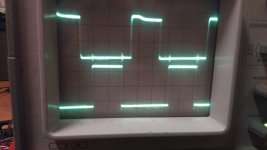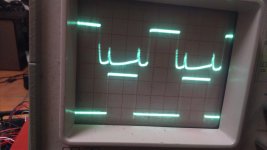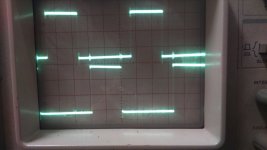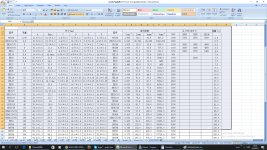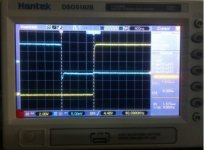Silvio
Well-known member
@ res_smps
That is what I also said to myself when designing my 1000 watt smps. I had fast switching diodes capable of 16 amps and they had to handle around 8-10 amps. If it was not for the cpu heatsink I adopted they would have gotten hot for sure. I think switching losses play an important factor. Well he only have to try things out and see what happens. Do not forget that this smps is being designed for continuous rating working around 16 hours a day. In any case he can always change the heatsink to a larger one with more surface area.
That is what I also said to myself when designing my 1000 watt smps. I had fast switching diodes capable of 16 amps and they had to handle around 8-10 amps. If it was not for the cpu heatsink I adopted they would have gotten hot for sure. I think switching losses play an important factor. Well he only have to try things out and see what happens. Do not forget that this smps is being designed for continuous rating working around 16 hours a day. In any case he can always change the heatsink to a larger one with more surface area.

